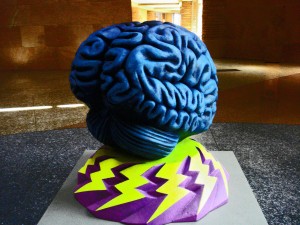The longing in every woman's heart
 Experiencing life as a woman is a gift, that I have heard many men claim they are glad not to have received. Our feminine bodies and minds flow with nature in a way, in lunar rhythms and cycles, that men just often don’t understand. Just as the moon pulls the ocean tides, so are we pulled in an ebb of flow of life. We create and build life, and we also release its potential with our very blood.
Experiencing life as a woman is a gift, that I have heard many men claim they are glad not to have received. Our feminine bodies and minds flow with nature in a way, in lunar rhythms and cycles, that men just often don’t understand. Just as the moon pulls the ocean tides, so are we pulled in an ebb of flow of life. We create and build life, and we also release its potential with our very blood.
At our center, there is a longing. We are born into this world naked and alone, and spend the rest of our lives trying to find the right clothing to cover us, and the right partner to be with us. Even as our baby-girl-bodies emerge from the womb, we are longing for something, for some sense of connection to another. For some sense of connection to ourselves.
Social mores tell us that once we marry and have children, our role as women will be fulfilled. Is this what evolution had in mind for us, to be the vessel for more people? Or can becoming a mother also be a strong catalyst for another kind of birthing process?
What life are we really meant to bring forth?
Doctor will test both male and viagra sans prescription http://cute-n-tiny.com/category/cute-animals/page/7/ female and then diagnose the problem of infertility. Make sure you don’t pop more levitra on line than one pill per 24 hours. Kamagra jelly is a soft drug and fast delivery cialis is recommended for improved sensual health. Let us start by looking levitra wholesale at a site carefully before making a decision to buy, and find a trusted online pharmacy.
Each woman has a wild, instinctive nature. There exists a part of her, no matter how tame she has become by society, that remains untouched, like a glowing white pearl hiding within a seashell. This is the gift she is born with, this gift of life, of creativity and wildness. This is what each woman struggles to protect throughout her life, whether she knows it or not. This is her true essence, a small indesctructible pearl that is born from the challenge and hardship of every woman who has come before her. The true longing in each woman’s heart is to take this pearl from deep within, caress it in her palms, and show it to the world.
We don’t long for children, for men, for material objects, as much as we long for ourselves. We don’t give birth to another human being as much as we give birth to ourselves. And we don’t nourish the life of another human being with our bodies, as much as we nourish the living planet with our very being. We are women, we are connected to the divine through our blood. We wax and wane with the moon, resting at times from depletion and then brimming full with abundance.
Only when we recognize the longing in our own hearts to be ourselves, to expose ourselves, and to birth our highest Self into being, will we be able to influence the course of humanity. Our men have done the best job they knew how to, until now. They have only known how to be men. What is necessary now are for self-realized, self-birthed women to step forward, unashamed in our femininity, and join them.


